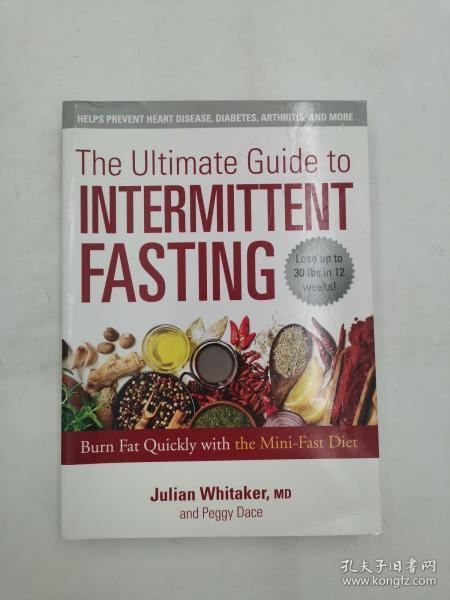The Ultimate Guide to Understanding Pet Food Ingredients: What Every Pet Owner Should Know
Guide or Summary:Pet Food IngredientsTypes of Pet Food IngredientsUnderstanding Ingredient LabelsCommon Misconceptions About Pet Food IngredientsChoosing th……
Guide or Summary:
- Pet Food Ingredients
- Types of Pet Food Ingredients
- Understanding Ingredient Labels
- Common Misconceptions About Pet Food Ingredients
- Choosing the Right Pet Food
Pet Food Ingredients
When it comes to choosing the right food for your furry friend, understanding pet food ingredients is crucial. Pet food ingredients refer to the various components that make up the food we feed our pets, including proteins, carbohydrates, fats, vitamins, and minerals. Knowing what these ingredients are and how they affect your pet's health can help you make informed decisions about their diet.
Types of Pet Food Ingredients
Pet food ingredients can be broadly categorized into several groups. The primary ingredients are typically proteins, which can come from animal sources like chicken, beef, or fish, or plant sources like soy or peas. Proteins are essential for your pet's growth, maintenance, and overall health.
Carbohydrates are another key category of pet food ingredients. They provide energy and can come from grains like rice or corn, as well as vegetables like sweet potatoes or peas. While some pet owners prefer grain-free diets for their pets, it's important to note that not all grains are harmful, and many pets can digest them without issues.

Fats are also an important part of pet food ingredients. They provide essential fatty acids that support skin and coat health, as well as a concentrated source of energy. Common fat sources in pet food include chicken fat, fish oil, and flaxseed oil.
Vitamins and minerals are added to pet food to ensure that pets receive all the necessary nutrients for optimal health. These can include vitamin A, vitamin D, calcium, and phosphorus, among others.
Understanding Ingredient Labels
When shopping for pet food, it's important to read the ingredient label carefully. Ingredients are typically listed in descending order by weight, meaning the first few ingredients are the most significant. Look for high-quality protein sources at the top of the list, as these are crucial for your pet's health.

Be cautious of vague terms like "meat by-products" or "animal digest," as these can indicate lower-quality ingredients. Instead, opt for products that specify the type of meat used, such as "chicken meal" or "beef liver."
Common Misconceptions About Pet Food Ingredients
There are several misconceptions surrounding pet food ingredients that can lead to confusion. One common myth is that all grains are bad for pets. In reality, many pets can thrive on diets that include grains, provided they are not allergic to them.
Another misconception is that by-products are always harmful. While some by-products can be of lower quality, others can provide valuable nutrients. For example, organ meats like liver are nutrient-dense and can be beneficial for your pet.

Choosing the Right Pet Food
When selecting pet food, consider your pet's specific needs. Factors such as age, breed, size, and any existing health conditions should influence your choice. Consult with your veterinarian to determine the best diet for your pet, and don't hesitate to ask questions about the pet food ingredients.
In conclusion, understanding pet food ingredients is essential for every pet owner. By educating yourself about the different types of ingredients and their effects on your pet's health, you can make informed choices that contribute to their overall well-being. Always prioritize high-quality ingredients and consult with professionals when in doubt. Your pet deserves the best nutrition possible!